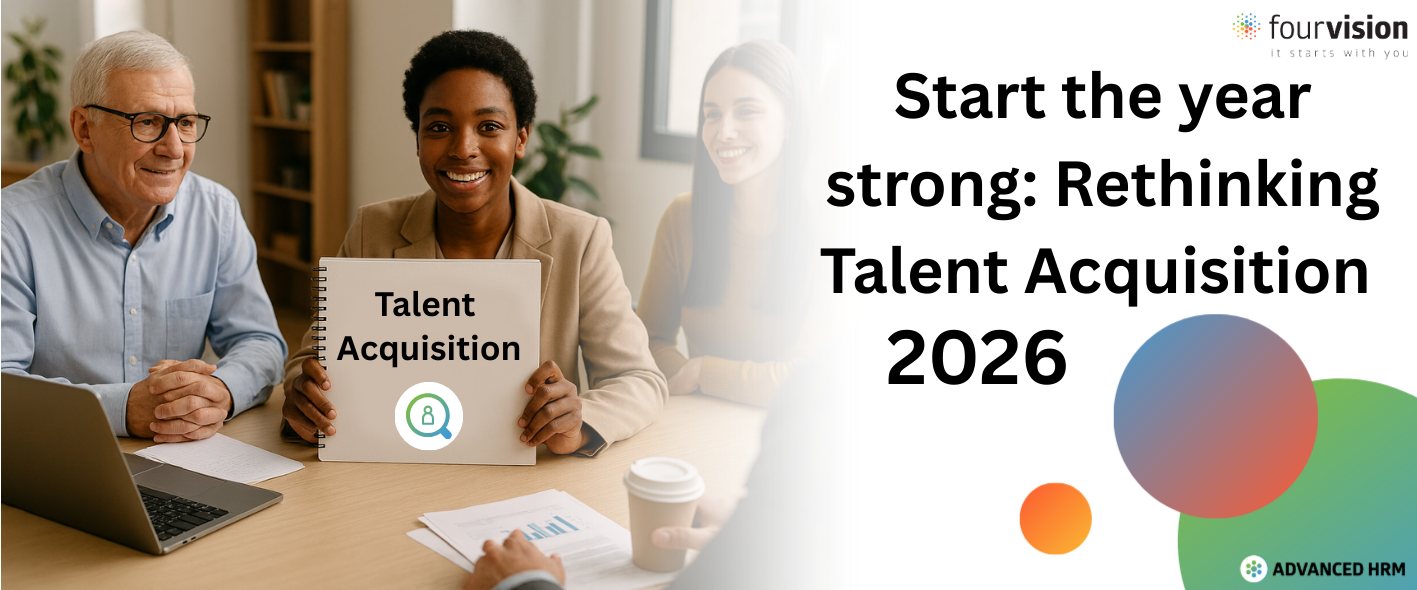If you have ever been in a rapid growing organization, you know that Workforce Forecasting is extremely important. Predicting when you need a specific employee will give you the opportunity to prepare better for tomorrow’s needs. Did your organization just sign a huge contract? No problem, with Workforce Forecasting, you should be ready to scale up!
What is Workforce Forecasting?
Let’s start off with the basics and get into the definition:
Workforce Forecasting is the organizational process in which you are proactively planning your talent. This way, you can avoid a shortage (or surplus) of personnel in the future. Workforce Forecasting is also known as Workforce Planning and is usually a responsibility of the HR department.
It all started in the 1960s and 1970s, when organizations became more professional and started with using ROI calculations on their human capital. Well prepared organizations had great successes since they were more flexible and had no trouble scaling up. After the financial crisis in 2008, many organizations lost top talent without proper forecasting. This left a huge scar in numerous organizations. In the years after, organizations realized the added value of workforce forecasting. This started a second boom, which we are still in to this day.
How to start with Workforce Forecasting
Now that you are convinced of the benefits, it is time to start with Workforce Forecasting. With the 5 listed steps below, you should be able to improve your organization in a short period of time.
Step 1: Set your goals
The best way to start, is to first set your expectations. What are you hoping to reach with Workforce Forecasting? You can set your goals based on your organization’s business objectives, such as your mission and vision. Always make sure that your goals are measurable. This way, you can determine after a year how your organization is performing.
Step 2: Identify your human capital
Secondly, you need to map you employees. Categorize your employees based on HR analytics. For instance, this can be done with your Performance Management solution. Some things to look out for are your employees’ characteristics, capabilities and of course their distribution. You want the right people to be at the right location as well of course!
Step 3: Think about tomorrow’s demand
The third step of Workforce Forecasting is all about thinking ahead. Try to define the labor force requirements for your current and future employees. Lets say you are an organization of 100 employees. Imagine you currently have 20 active projects. What needs to happen when your sales department suddenly sings three large customers? In addition to new ‘front line’ employees such as advisors/consultants, you might also need other staff. Think about new members for your management team, but also additional marketing and HR employees.
Next to an optimistic scenario, you also need to think about a pessimistic scenario. What will happen when 20 active projects turn into 10 active projects? Especially is you are in a shrinking market, you need to take this into account.
Step 4: Look for gaps
In this step, we take the time to look for the differences in the current and desired situation. Sone things to look out for are skill shortages, employee profiles, business objectives, turnover rates and staffing processes.
Looking for gaps is one of the most important steps of Workforce Forecasting. Because of this reason, make sure that you do this together with experienced HR specialists.
Step 5: Fill the gaps
Once you have determined the gaps, it is time to take steps to eliminate them. A successful gap-closing strategy always ensures an increase in the productivity and capability of your employees. Always take the following business processes in mind, since they are key.
- Salary projections (are you going to hire expensive employees? Also think about inflation and growing salaries)
- Employee development (If you need a Senior in the future, you can also invest in a good Medior today)
- Staff reduction (it’s not always sunny. What will happen when your organization performs poorly?)
- Talent (your most valuable asset. Invest in a good HR department so you can attract and retain your talent)
Workforce Forecasting solutions
FourVision’s Workforce Planning for Dynamics 365 HR allows you to plan ahead. You can anticipate on tomorrow’s workforce demand. The Web App extracts current job positions from your HR systems and uses these as the starting point to calculate what you have, what you will need, and the future cost involved. With this Web App, you can successfully plan ahead so you are always ready to scale up!




